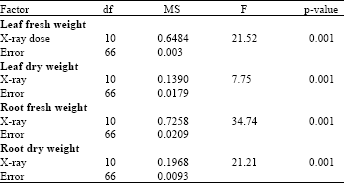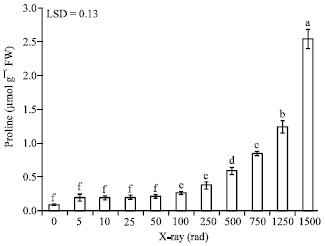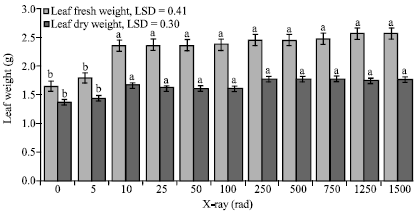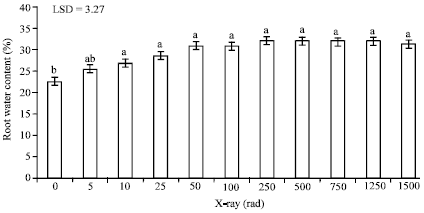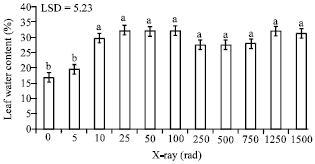Research Article
Effect of X-irradiation on Proline Accumulation, Growth and Water Content of Date Palm (Phoenix dactylifera L.) Seedlings
Department of Biology, Science College, Dammam University, Dammam 31113, Saudi Arabia
Jameel M. Al-Khayri
Department of Agricultural Biotechnology, College of Agricultural and Food Sciences, King Faisal University, Al-Hassa 31982, Saudi Arabia









